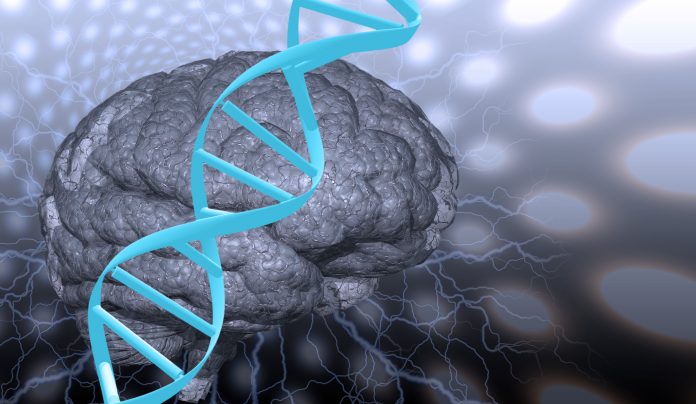
The neurodegenerative diseases amyotrophic lateral sclerosis (ALS) and frontotemporal dementia (FTD) which usually manifest later in life may have their roots before a person is born, during embryonic brain development. These are the findings a study published last week in the journal Cell Reports by researchers at the Keck School of Medicine of USC.
The Keck researchers used both patient-derived nerve cells and laboratory mice to demonstrate that the most common genetic cause of ALS and FTD impairs neural stem cells and reduces the size of two key regions of the brain before a person is born.
“We are only beginning to understand how neurodevelopment in an embryo can contribute to neurodegeneration in an adult,” said corresponding author Justin Ichida, associate professor of Stem Cell Biology and Regenerative Medicine at the Keck School of Medicine of USC, and a New York Stem Cell Foundation-Robertson investigator. “Our study offers some suggestive evidence of how this might occur in the context of ALS and FTD.”
The new research studied how ALS and FTD arises from mutations in the C9ORF72 gene, which accounts for up to 10 percent of all cases of these diseases. Despite differing symptoms—with ALS leading to paralysis and death usually within three to five years and FTD primarily affecting behavior and language—both diseases show reductions in the size of both the thalamic region and the frontal cortical regions of the brain decades before developing any symptoms.
“It’s unclear whether this reduction in gray matter arises from altered development in an embryo or from early degeneration in an adult,” said first author Eric Hendricks, a postdoc in the Ichida Lab
The research involved reprogramming cells from ALS and FTD patients carrying the C9ORF72 mutation into neural stem cells, critical for nervous system development in embryos. Compared to neural stem cells derived from healthy people, the neural stem cells from patients with ALS or FTD weren’t able to renew their population and instead, showed a tendency to prematurely differentiate into mature neurons.
The researchers then turned to mouse models to help them understand what the consequences were of the non-renewing population of neural stem cells in a living organism. The researchers showed that mice with a C9ORF72 mutation displayed measurable developmental changes within their brains as well as other developmental changes throughout their bodies.
Changes in the brain included smaller thalamic regions and a reduction in cortical thickness. The mice also weighed 5 to 10 percent less 18.5 days into embryonic development. The researchers also showed that if they introduced a drug that caused similar structural changes in the brain, the mice became clumsy and showed other motor function problems at two months of age.
“Our findings suggest that C9ORF72 mutations impair neurodevelopment in utero in patients with ALS and FTD, and that this could potentially contribute to the onset of disease symptoms later in life,” said Ichida.













